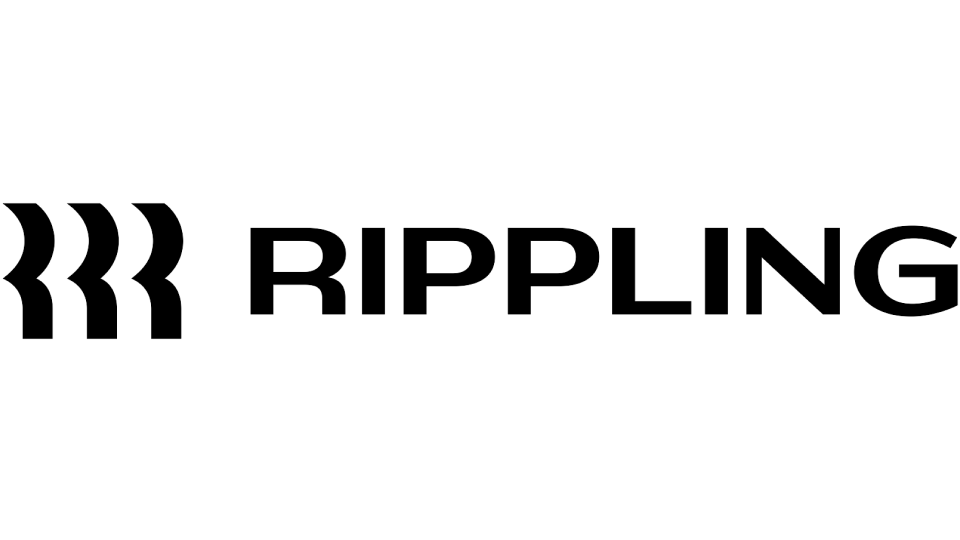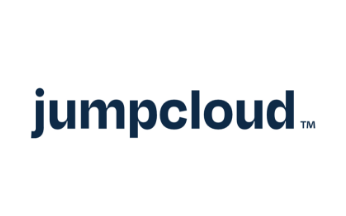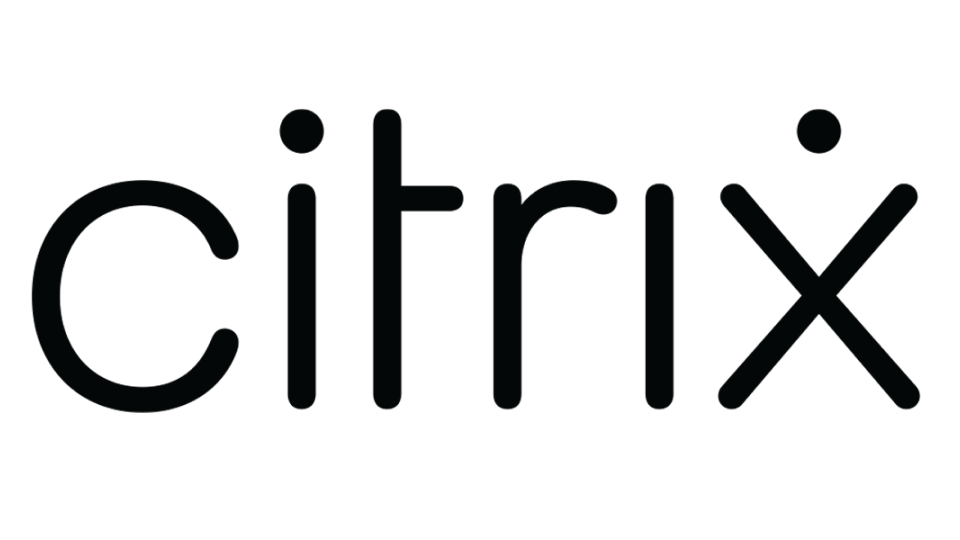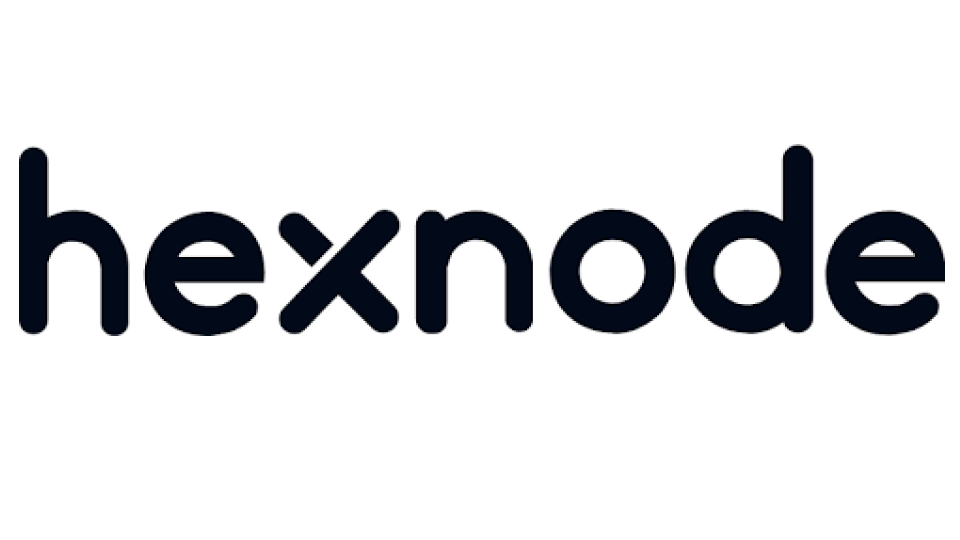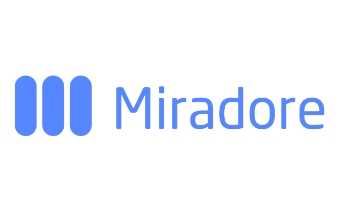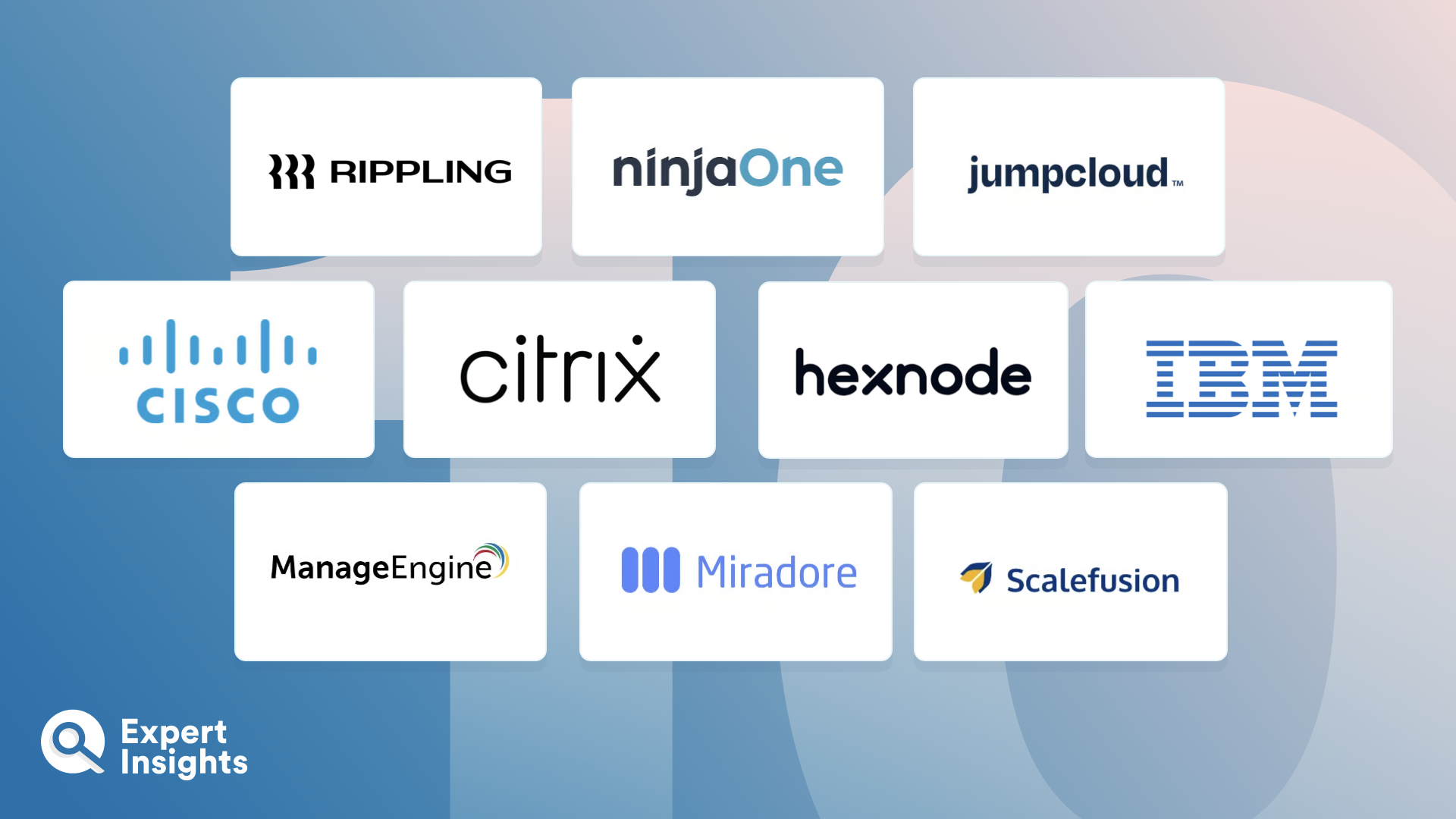Mobile Device Management (MDM): Everything You Need To Know (FAQs)
What Is Mobile Device Management (MDM)?
Device management is the process of monitoring, managing, and securing the mobile devices connected to your company’s network, including both personal and corporate-issued devices.
How Do MDM Solutions Work?
Device management solutions give you a unified view of all the mobile devices within your company’s network. Usually, you have to install the Mobile Device Management agent on all mobile devices—the best MDM solutions offer an option for remote users to install this agent themselves. Once the agent is installed, the MDM solution can monitor the device’s health and security posture.
With an MDM solution, you can also define policies for device configuration, manage the applications installed on a device, and remotely troubleshoot any issues that a user is having with their device—all from a single, centralized management console.
Why Do You Need Mobile Device Management Software?
Mobile devices are a lucrative target for cybercriminals and can also be an easy target when not properly secured.
- Without multi-factor authentication, an attacker could steal their victim’s phone and sign into their corporate accounts.
- Without strong endpoint protection, such as antivirus and antimalware software, an attacker could install malware on a user’s device undetected.
- Without a secure remote access solution, such as a VPNor zero trust network access (ZTNA), an attacker could tap into a user’s unsecured Wi-Fi connection and spy on all their connections to the company network.
Mobile Device Management solutions give you comprehensive visibility of all the mobile devices connected to the company network and enable you to remotely manage and secure those devices, to protect them from these types of threat.
Mobile Device Management also allows you to monitor device health such as checking for updates. This not only helps prevent the exploitation of software and operating system vulnerabilities but also ensures that each device is running optimally, which boosts productivity. After all, nobody wants to wait for 10 minutes after they’ve turned on their tablet just to be able to load up their inbox.
What Features Should You Look For In A Device Management Solution?
All Mobile Device Management software solutions offer slightly different feature sets to meet specific use cases, but there are some features that you should look out for in any Mobile Device Management solution. These are:
- Device compatibility: Your Mobile Device Management software solution must be compatible with all the device types in your business and offer patching and updates for all the operating systems those devices are running.
- Remote monitoring and troubleshooting: You should be able to remotely troubleshoot user devices via a centralized management console, without having to visit users in person.
- Application management: You should be able to define which applications can be installed on user devices, as well as update those apps. This could be via an app store experience, remote software distribution, or a containerized “work mode” that keeps personal and work apps separate.
- Reporting and analytics: You should be able to generate and export reports into device posture including usage, compliance, patch status, and the presence of unauthorized apps.
MDM Vs. EMM Vs. UEM: What’s The Difference?
There are three main types of endpoint management solution on the market: Mobile Device Management (MDM), Enterprise Mobility Management (EMM), and Unified Endpoint Management (UEM). While they do overlap somewhat in terms of functionality, there are some key differences you should know about before you decide which one to invest in.
- MDM solutions enable you to monitor, manage, and configure policies for all the mobile devices connected to your network. However, MDM software doesn’t allow you to manage on-prem devices, such as desktops. This means MDM is best suited to organizations with a high percentage of remote workers, or which don’t have a physical office with permanent workstations.
- EMM solutions use containers to secure the apps and data on a mobile device, enabling employees to switch easily between work and personal activities on one device. This is useful for businesses with lots of BYOD devices. However, while EMM was designed as an evolution of MDM, most modernMDM solutions also offer this app management functionality.
- UEM solutions enable you teams to monitor, manage, and secure all of the devices connected to your corporate network—both mobile and on-site—via one interface. Because of this, UEM is a strong solution for businesses using a combination of mobile devices, desktop PCs, and IoT devices.
Other Solutions To Consider
We researched lots of mobile device management solutions while we were making this guide. Here are a few other tools that are worth your consideration:
- Microsoft Intune: This cloud-based endpoint management solution enables IT teams to securely manage devices, apps, and user access to organization resources.
- Ivanti Neurons for MDM: This MDM software creates a complete inventory of an organization’s mobile devices and enables IT teams to create profiles and enforce security policies and restrictions.
The Best MDM Solutions: Shortlist FAQs
Why should you trust this Shortlist?
This article was written by the Caitlin Harris, Deputy Head of Content at Expert Insights, who has been covering cybersecurity, including endpoint management, for over 5 years. This article has been technically reviewed by our technical researcher, Laura Iannini, who has experience with a variety of cybersecurity platforms and conducts thorough product tests to ensure that Expert Insights’ reviews are definitive and insightful.
Research for this guide included:
- Conducting first-hand technical reviews and testing of several dozen leading endpoint management and security providers.
- Interviewing executives in the MDM space, as well as the wider endpoint management and security industries, for first-hand insight into the challenges and strengths of different solutions.
- Researching and demoing endpoint management and security solutions in several categories over several years.
- Speaking to several organizations of all sizes about their endpoint management challenges and the features that are most useful to them.
- Reading third-party and customer reviews from multiple outlets, including paid industry reports.
This guide is updated at least every 3 months to review the vendors included and ensure that the features listed are up to date.
Who is this Shortlist for?
We recommend that organizations with a high percentage of remote/hybrid workers, or which don’t have a physical office with permanent workstations, consider an MDM solutions. This list has, therefore, been written with a broad audience in mind.
How was the Shortlist picked?
When considering MDM vendors, we evaluated many MDM solutions based on the following criterion:
Features: Based on conversations with vendors, end customers, and our own testing, we selected the following key features:
- Compatibility with popular device types (e.g. cell phone and tablet) and operating systems (e.g., Android and iOS), to make device enrollment easy, with admins able to automate patching and updates on each device.
- Remote monitoring and troubleshooting capabilities such as remote screen viewing, device wiping, data encryption, and device locking or the lockdown of certain services when not in use, allowing you to better maintain security.
- Reporting and analytics dashboards that deliver reports on device usage, device compliance, whether operating systems and software are up to date, and whether a device has unauthorized apps installed. Having a centralized platform makes this process much easier.
- Application management capabilities such as custom app store functionality, the ability to remotely distribute software and updates to certain users or user groups, or the ability to isolate personal and workplace apps.
- Additional security features such as an in-built VPN or Zero Trust Network Access (ZTNA), multi-factor authentication or two-factor authentication, role-based access, and integrations with existing endpoint security tools such as antivirus software and firewalls.
Market perception: We reviewed each vendor included on the Shortlist to ensure they are reliable, trusted providers in the market. We reviewed their documentation, third-party analyst reports, and—where possible—we have interviewed executives directly.
Customer usage: We use market share as a metric when comparing vendors and aim to represent both high market share vendors and challenger brands with innovative capabilities. We have spoken to end customers and reviewed customer case studies, testimonials, and end user reviews.
Product heritage: Finally, we have looked at where a product has come from in the market, including when companies were founded, their leadership team, their mission statements, and their successes. We have also considered product updates and how regularly new features are added. We have ensured all vendors are credible leaders with a solution we would be happy to use ourselves.
Based on our experience in the endpoint management and broader cybersecurity market, we have also considered several other factors, such as the benefit of consolidating multiple features into a single platform, the quality of the admin interface, the customer support on offer, and other use cases to help you find the right MDM solution.
This list is designed to be a selection of the best MDM providers. Many leading solutions have not been included in this list, with no criticism intended.



